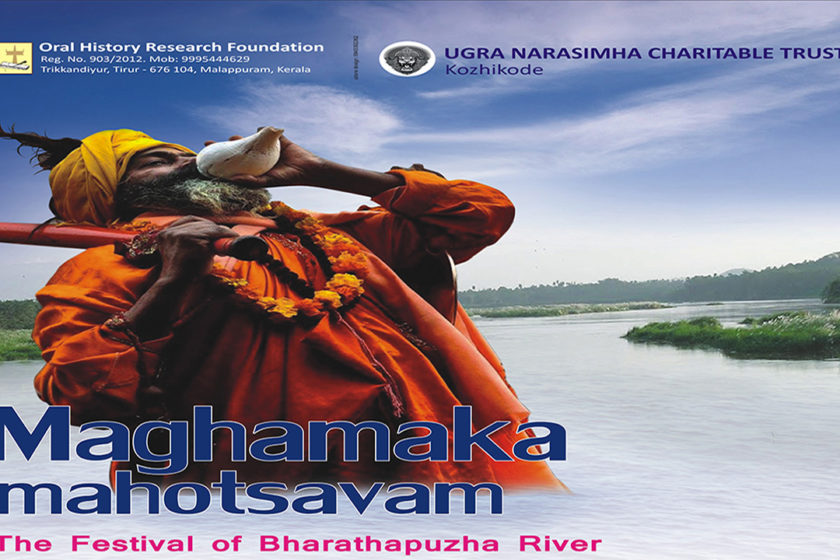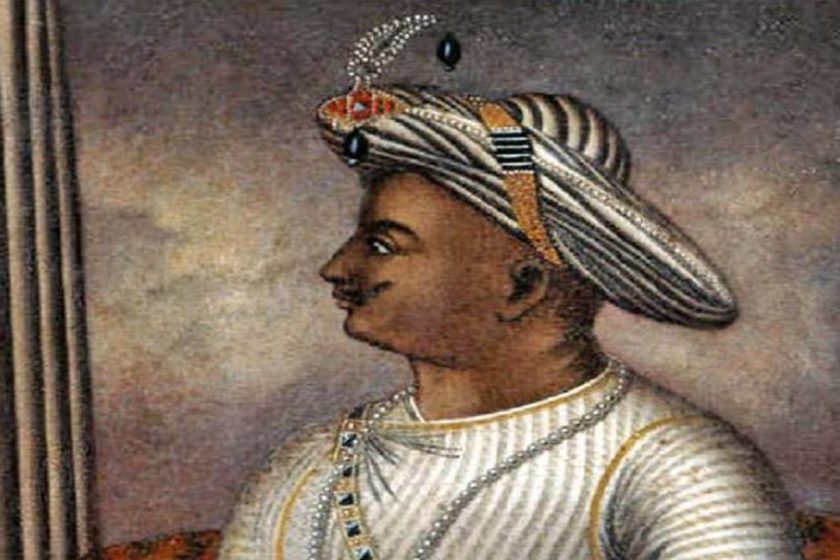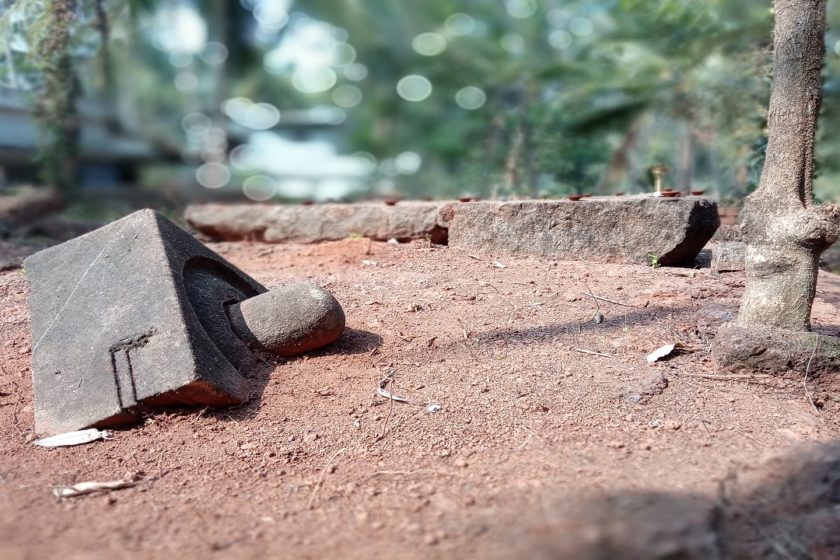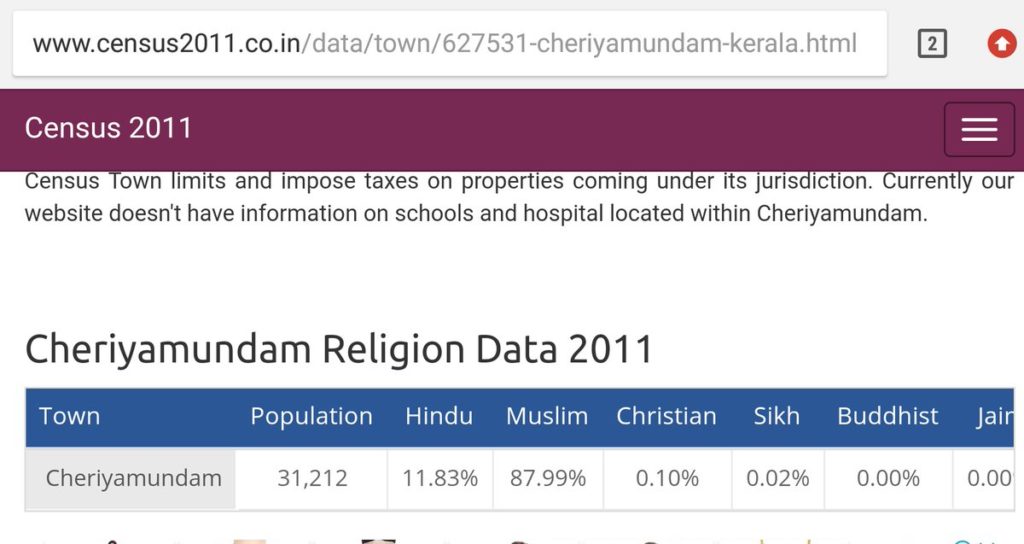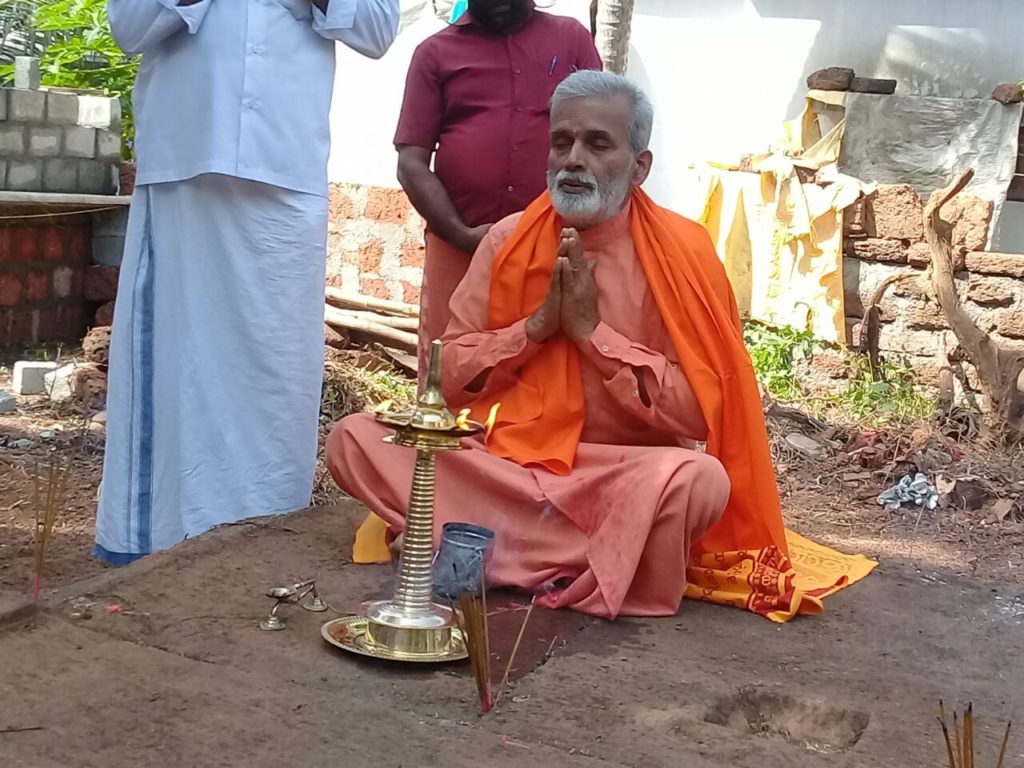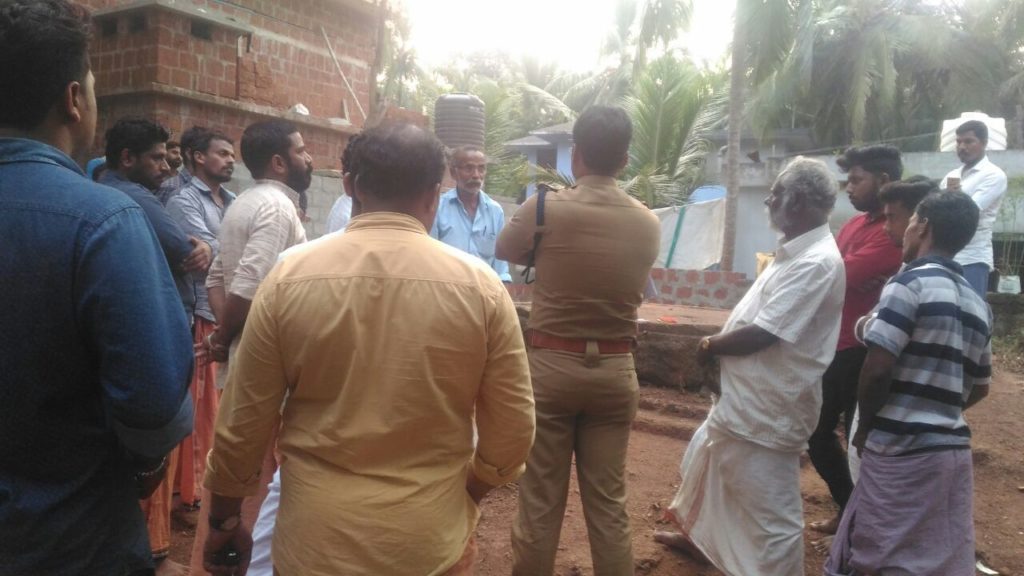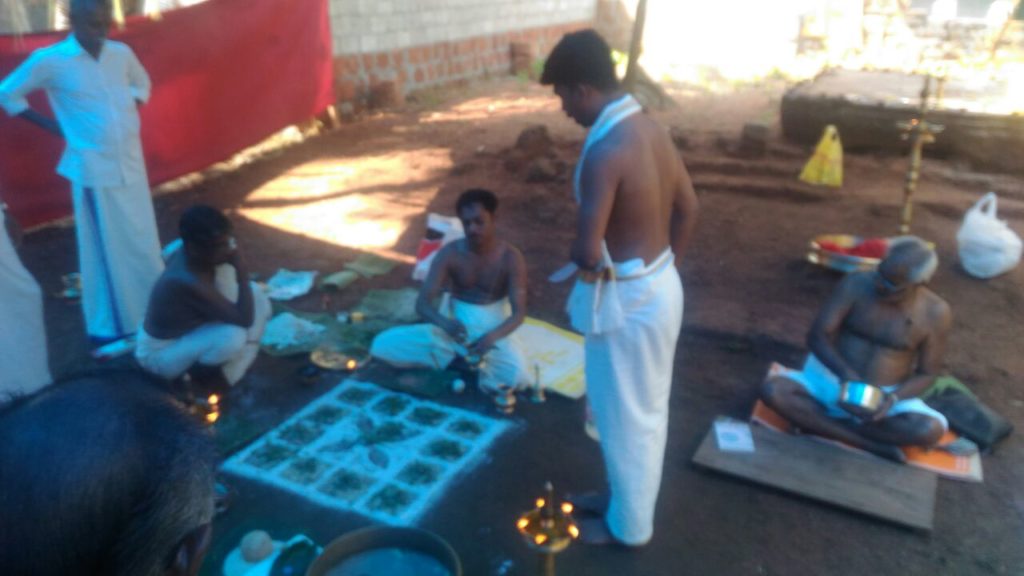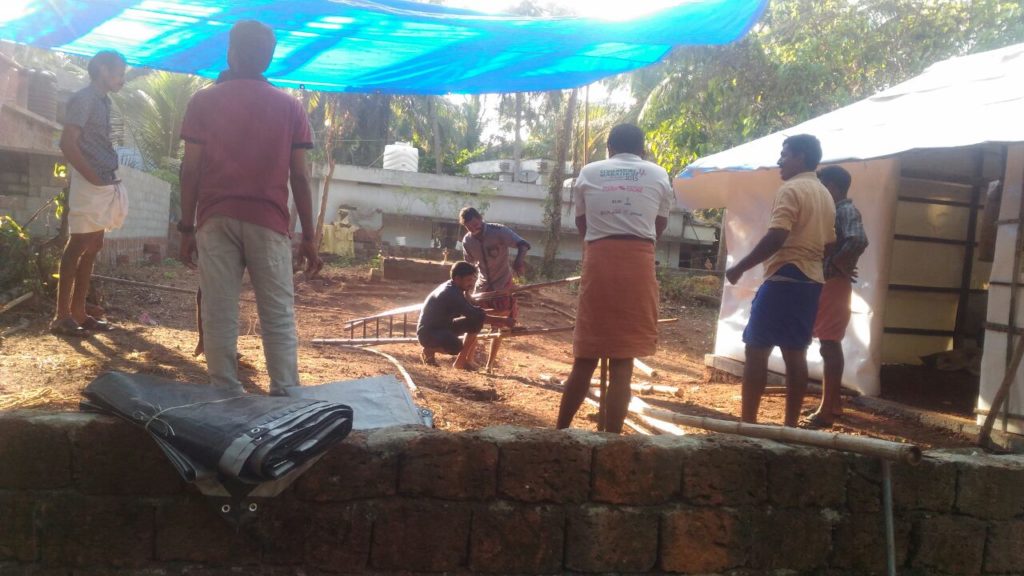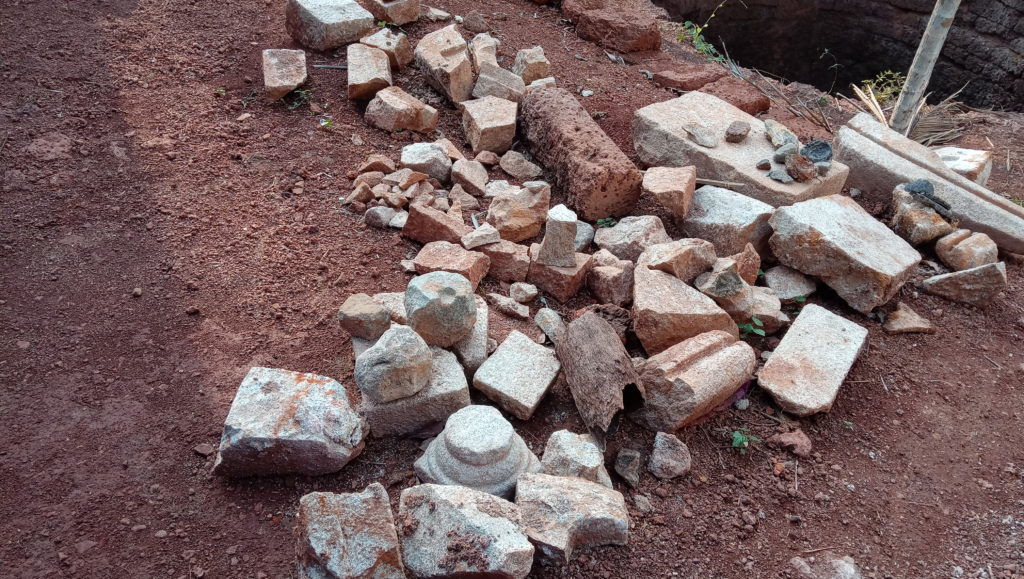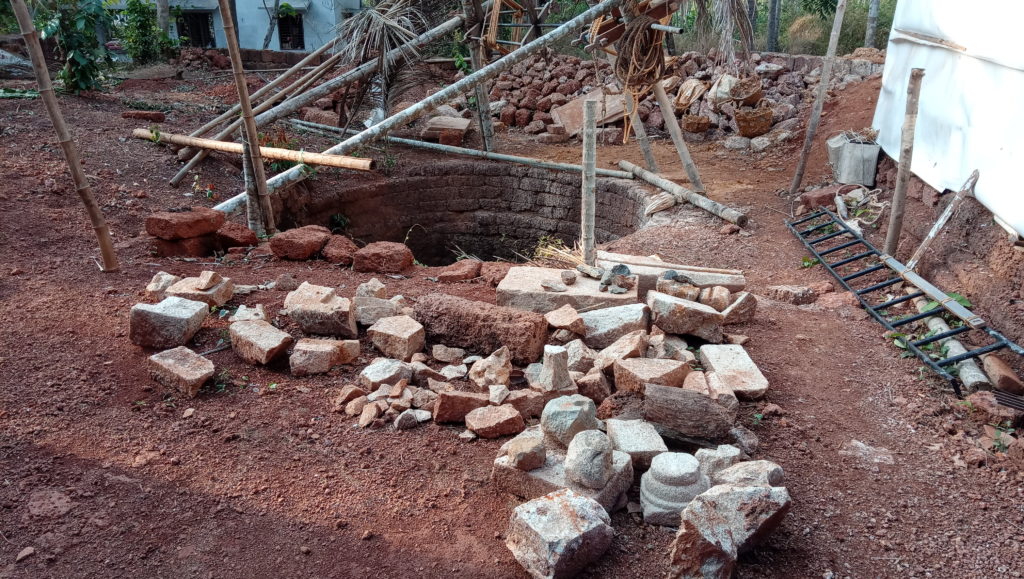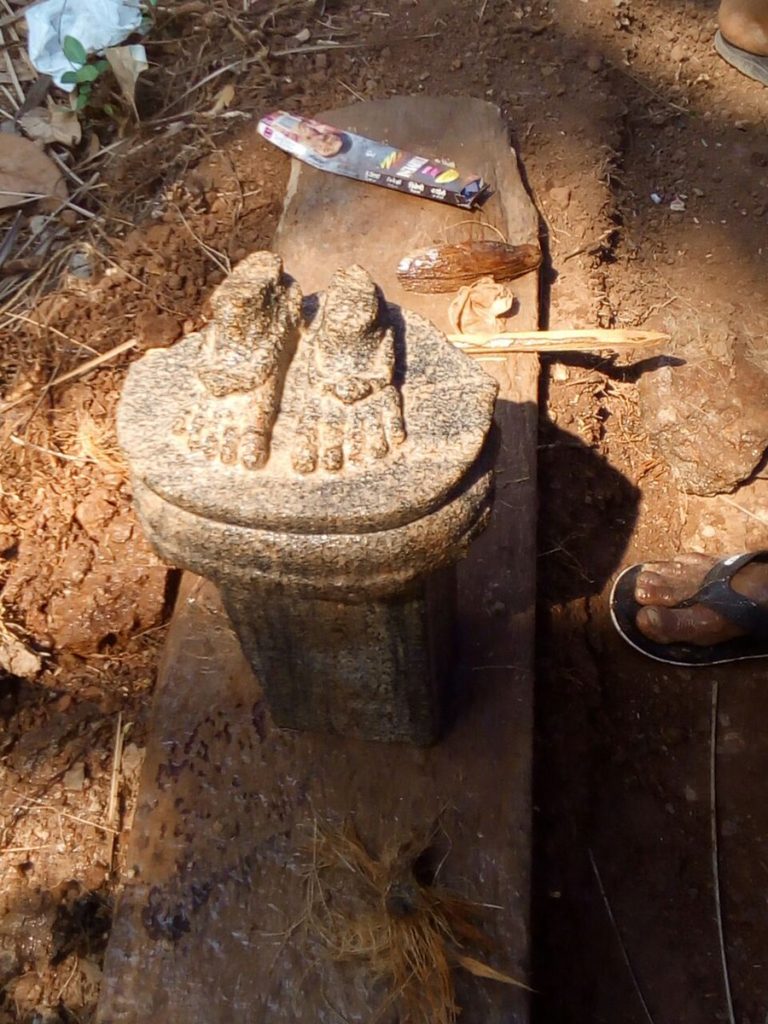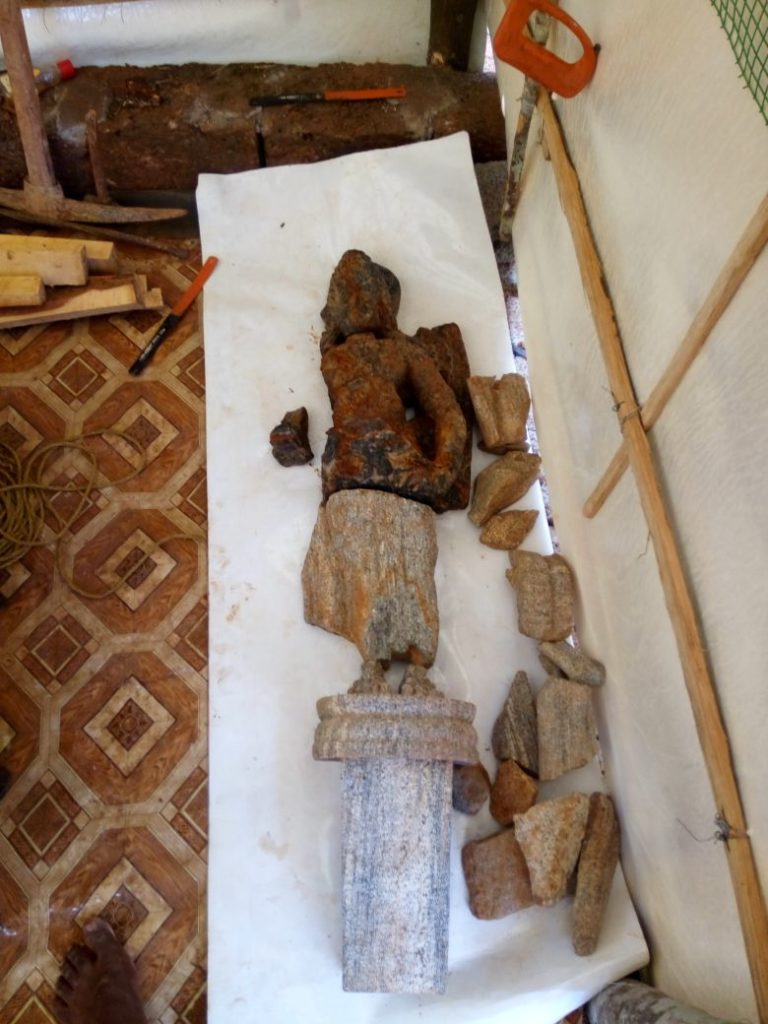Restarting centuries old Hindu festival of Kerala
Kerala, the place between the Western Ghats and Arabian sea has a long history. The place now called Malappuram district in Kerala was once the centre of Vedic learning and practices. The land was home to many Gods and their temples. Many festivals were celebrated on this sacred land, many of which were lost during periods of upheavals.
One such festival is Thirunavaya Maagamaka Mahotsava which is celebrated on the auspicious month of Makam. The festival was last held in 1776, and due to the rampant riots and invasions, the festival ceased to be conducted. But a few of people from across South India continue to visit the place even after, the information mostly transferred through generations.
We are now making an effort to revive the festival and restart the ritualistic prayers on the banks of Bharatapuzha river on the auspicious day. The festival will be held at Navamukunda temple premises in Tirunavaya, Malappuram ,Kerala.

We believe the yearly festival where saints from all over Bharat assemble at Malappuram Kerala and hold ritualistic prayers at Bharatapuzha river bank will cause a revival of Dharma in the district.
Below are some of the highlights of the festival. For detailed schedule and events, please refer to the invitation brochure attached.


2019, Jan 21: The festival will be inaugurated by representatives of the royal families of Kerala. On the day is 108 Agnihotra homams by Kashyapa Research Foundation
2019, Jan 22: Seminar on culture and history under lead of Shri KK Muhammad who is famous for the ASI report on RamMandir.
2019, Jan 23: On this day, Sanyasis from across Bharat will be welcomed and ritualistic worship will happen on banks of Bharatapuzha river. This event will be graced by Chidanandapuri Swamiji of Advaithashram and other Sanyasis from across Bharat.
On 23 Jan 2019, Swamy Chidanandapuri ji will also be releasing the book Destroyed temples of Kerala Vol 1, which comprises of the history and details of 25 Hindu temples that were destroyed during invasion of Tipu Sultan and later Moplah riots. The book may be ordered online via http://imojo.in/td002

The press conference explaining the significance of the festival, the details of the seminars and the programme schedule was held at Malappuram Kerala. Shri Tirur Dinesh and Swamy Paramananda Puri explained to the press. Below is the news report on the press conference.
The event is being conducted by Oral History Research Foundation and UgraNarasimha Charitable Trust. The organising committee consists of representatives of various Mathas and Ashrams in Kerala. Matha Amritanandamayi Devi is the Mukhya Rakshadhikari of the organising committee. HH Swami Chidanandapuri of Advaitashram, Kerala , Acharya M R Rajesh of Kashyapa Veda Research Foundation are amongst other dignitaries supporting the organising of the festival.
A major expense incurred for festival is that of taking care of saints and sadhus who represent various Mathas and Sampradayas and who come from places across Bharat. We intend to treat them well with customary welcome and gifts like clothes.
Any contribution can be made via our fundraiser page ket.to/rt001 or directly to our below bank account or via online gateway instamojo.com/@ReclaimTemples
Name: UgraNarasimha Charitable Trust
Bank A/c: 6300101000705
IFSC: CNRB0006300
Donations can also be made to our UPI/BHIM id donate@hsbc
#ReclaimTemples

